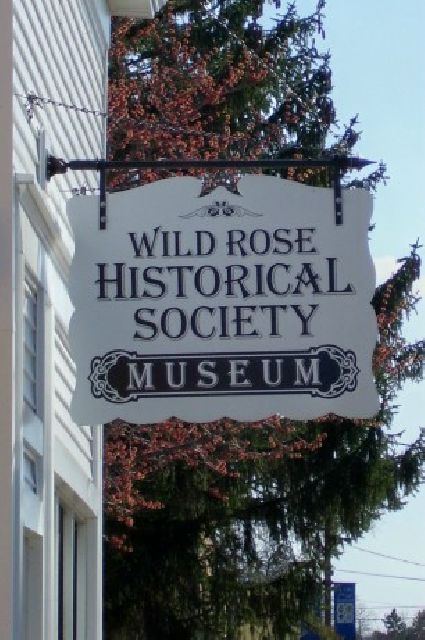
The machine has a special arm that recreates the handwriting on compostable seeded paper which when planted will grow into birch trees, emulating the images from the end of the video. The Wilderness Machine generates actual postcards from the handwritten notes submitted at the end of the interactive film. “The Wilderness Downtown” meditates on this.Īnd if you send that postcard off to some past version of yourself, it might meet the next layer of interactivity in Milk’s “ Wilderness Machine.” In this way, “Wilderness” promises a return that it instead withholds, and, perhaps, offers in its place an experience of the impossibility of return. Neither he, nor we, get home, though we get to stand on the street outside looking in.Īt the end of the film, a window pops up that invites you to “Write a postcard of advice to the younger you that lived there then.” You are offered the opportunity to write past / through that troubled nostalgia, towards that unreachable childhood. As home is reached in the Google images, the runner stops in the middle of the street. So the montage is nostalgic and yet memory is probably challenged, troubled by how time has changed those places we once knew. Certainly the images of home are not real time, are past tense, but they probably don’t resemble your memory of your childhood home. The Google footage starts at a bird’s eye view, then carries down to street level as you approach your home.


INTO THE WILDERNESS DOWNTOWN FULL
The film’s “protagonist,” is a faceless, hoodied figure running full out and urgently. Montage usually relies on one image following another and collage implies something static here we have the collisions of montage happening side by side and the effect, I’d argue, shares the randomness of dream logic, a narrative choice that encourages us to be more associative than strictly interpretive, calling up our own memories rather than seeking to understand the artist’s intention. The resulting film hangs in multiple windows, creating a hybrid montage / collage. The video then develops a montage using images of a hooded, faceless man running, a flock of birds, and images it pulls from Google Earth of your childhood home. “The Wilderness Downtown” is an interactive music video Milk made with the band Arcade Fire for their song “We Used to Wait.” To begin you have to enter the address of your childhood home. Two weeks ago Numero Cinq Magazine‘s “At the Movies” presented Milk’s music video for the Gnarls Barkley song “Who’s Gonna Save My Soul.” But Milk also does experimental work. Let your experience of the interactive film come before mine. And I would suggest, for this week, reading this commentary as an afterword.
INTO THE WILDERNESS DOWNTOWN DOWNLOAD
The film requires a few more steps before your viewing pleasure: if you don’t have Google Chrome or Safari as a browser, please download one of them to view this experimental and interactive film. Chris Milk’s “The Wilderness Downtown” is an interactive play where your home and past are offered and yet remain out of reach.


 0 kommentar(er)
0 kommentar(er)
